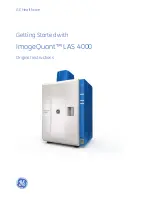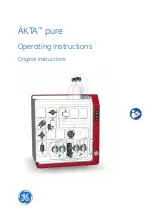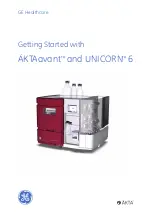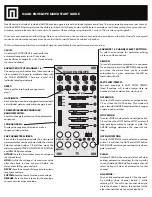
Mechanical Air & Vapor Eliminators
32
Get the latest PDF manual:
https://www.lcmeter.com/resources/technical/manuals
Mobile/online version of this manual:
https://www.lcmeter.com/manuals
Maintenance
RELIEVING INTERNAL PRESSURE
All internal pressure must be relieved to zero pressure before disassembly or
inspection of the strainer, vapor eliminator, any valves in the system, the packing
gland, and the front or rear covers.
Serious injury or death from fire or explosion could result in
performing maintenance on an improperly depressurized and
evacuated system.
Strictly follow this procedure Relieving Internal Pressure Procedure for LPG and
NH3 Meters:
1. Close the belly valve of the supply tank.
2. Close the valve on the vapor return line.
3. Close the manual valve in the supply line on the inlet side of the meter. If no
manual valve exists on the inlet side, consult the truck manufacturer for
procedures to depressurize the system.
4. Slowly open the valve/nozzle at the end of the supply line.
5. After product has bled off, close the valve/nozzle at the end of the supply line.
6. Slowly crack the fitting on top of the differential valve to relieve product
pressure in the system. Product will drain from the meter system.
7. As product is bleeding from the differential valve, slowly reopen and close the
valve/nozzle on the discharge line. Repeat this step until the product stops
draining from the differential valve and discharge line valve/nozzle.
8. Leave the discharge line valve/nozzle open while working on the system.
The most common indication of mechanical air and vapor
eliminator failure is leakage in and around the cover and
valve plate area. Common causes of air eliminator failure
are valve plate wear, a broken reed strip, a damaged
cover gasket, and a punctured float filled with product.






































